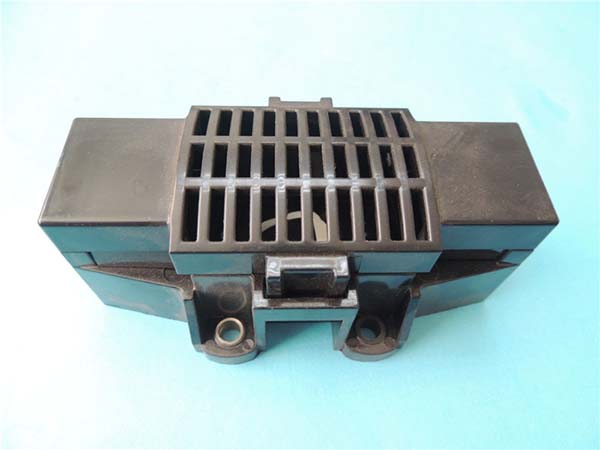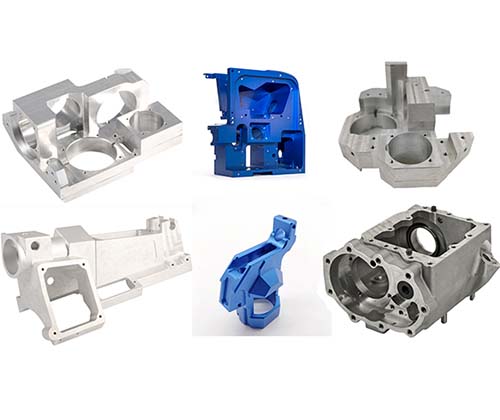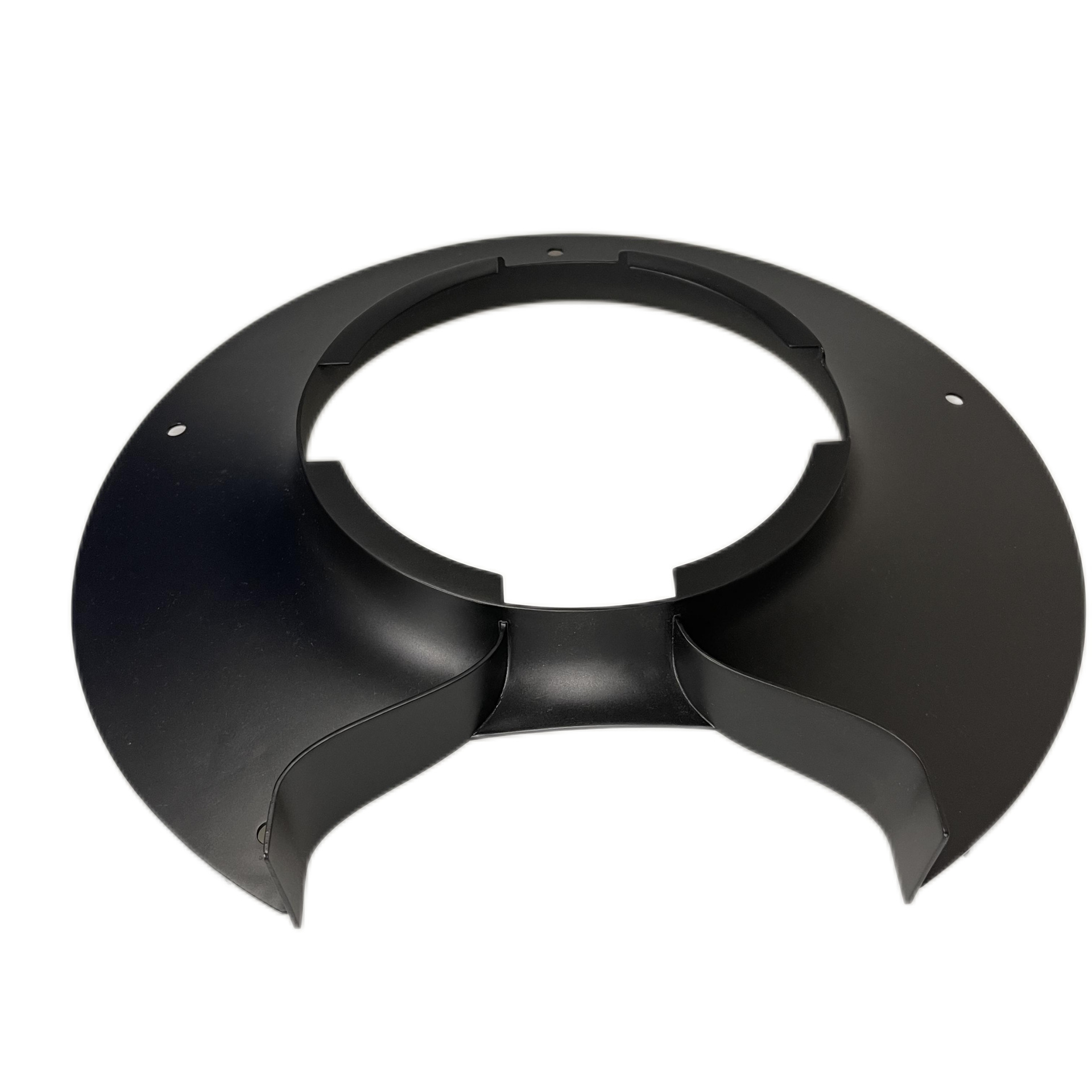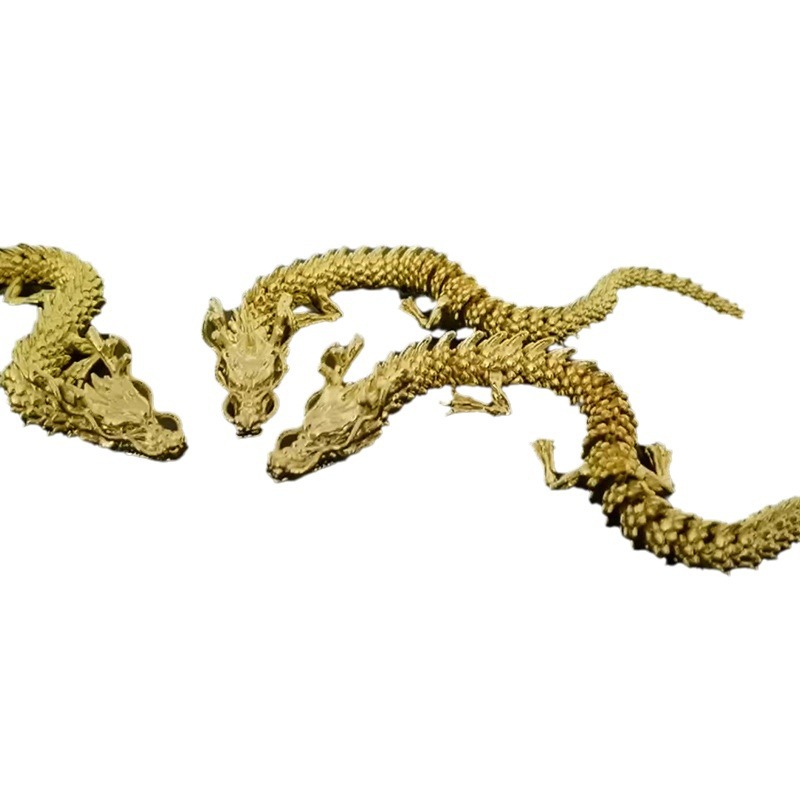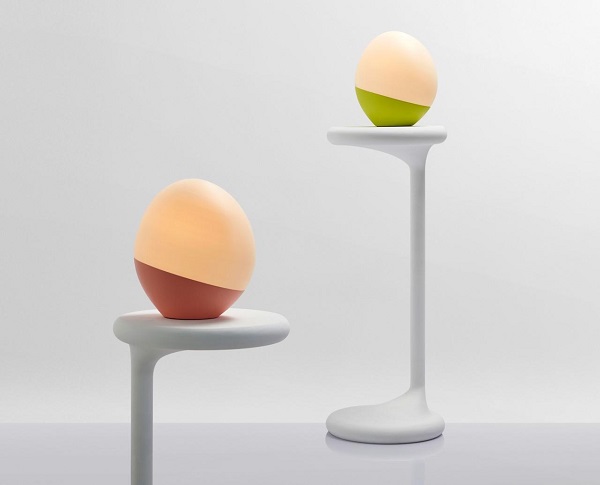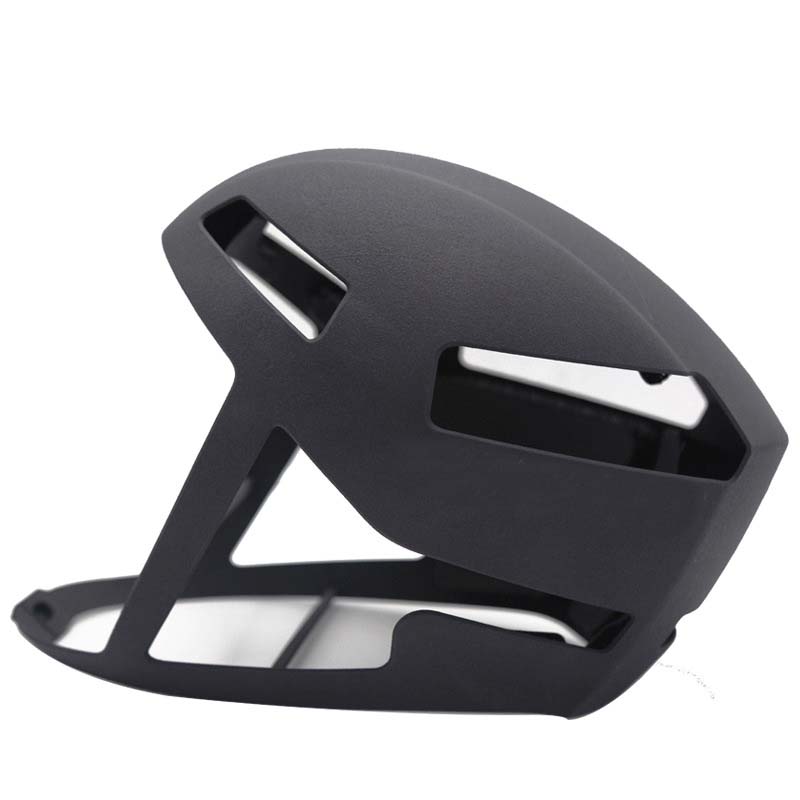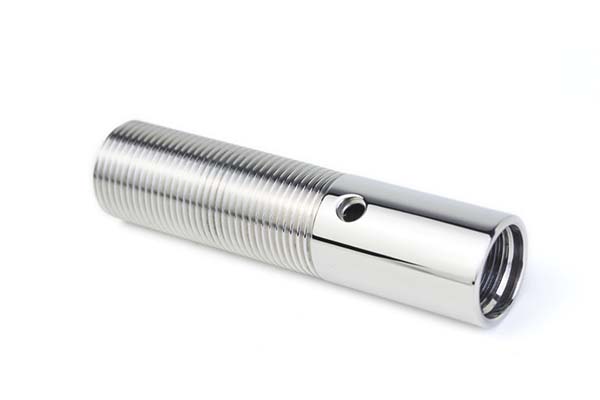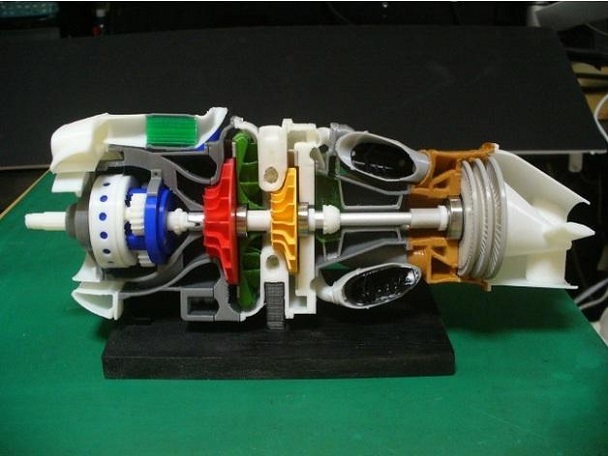Introduction
Definition and Basic Concept
Powder based additive manufacturing (PBAM), a crucial type of 3D printing technology, has been revolutionizing the manufacturing industry in recent years. PBAM, also known as powder bed fusion, is a process that creates three - dimensional objects by selectively fusing layers of powdered material together. The powdered materials can range from metals like titanium and aluminum, to plastics and ceramics.
The basic concept behind PBAM is relatively straightforward yet highly innovative. First, a 3D model of the desired object is created using computer - aided design (CAD) software. This digital model is then sliced into thin layers, typically ranging from 20 to 100 micrometers in thickness. In the printing process, a thin layer of powder is spread evenly across a build platform. Then, an energy source, such as a high - power laser or an electron beam, selectively heats and fuses the powder particles in the areas corresponding to the cross - section of the object for that particular layer. Once one layer is completed, another layer of powder is spread, and the process is repeated until the entire 3D object is built, layer by layer.
For example, in the aerospace industry, PBAM is used to manufacture complex engine components. The ability to create intricate internal geometries with high precision allows for the production of parts that are both lighter in weight and more efficient in operation. This not only reduces fuel consumption but also increases the overall performance of the aircraft engines.
How Powder Based Additive Manufacturing Works
Step - by - Step Process
- 3D Design: The journey of PBAM begins with creating a 3D model using CAD software. Designers can create highly complex and customized shapes. For instance, a complex lattice - structured heat sink for an electronic device can be designed, which would be extremely difficult to make with traditional manufacturing methods.
- Slicing: Once the 3D model is ready, it is sliced into multiple thin layers using slicing software. Each layer represents a cross - section of the final object. The thickness of these layers is a crucial parameter; a thinner layer (e.g., 20 micrometers) will result in a higher - quality and more detailed final product, but it will also increase the printing time.
- Powder Spreading: A thin layer of powder material is evenly spread across the build platform. This is typically done using a recoater blade. The powder needs to be spread uniformly to ensure consistent quality in the final product. For example, in metal powder - based systems, any unevenness in powder spreading can lead to porosity or inconsistent density in the printed part.
- Selective Fusing: An energy source, such as a laser in Selective Laser Sintering (SLS) or an electron beam in Electron Beam Melting (EBM), selectively heats and fuses the powder particles in the areas corresponding to the cross - section of the object for that layer. The energy source scans the powder bed according to the instructions from the sliced 3D model data.
- Layer - by - Layer Building: After one layer is completed, the build platform is lowered slightly (usually by the thickness of one layer), another layer of powder is spread, and the selective fusing process is repeated. This process continues until the entire 3D object is built, layer by layer.
- Post - processing: Once the printing is complete, the part undergoes post - processing steps. This may include removing excess powder, heat - treating to improve mechanical properties, and surface finishing techniques like sandblasting or polishing to achieve the desired surface quality. For example, a metal part printed via PBAM may be heat - treated to relieve internal stresses and improve its hardness.
Key Technologies Involved
- Laser Sintering (SLS): In SLS, a high - power laser is used to sinter (fuse) the powder particles together. The laser energy melts the powder at the surface, and as the powder cools, it solidifies and bonds with the adjacent particles. This technology is suitable for a wide range of materials, including plastics, metals, and ceramics. For plastic powder, SLS can create parts with good mechanical properties and relatively high accuracy, making it popular in the production of functional prototypes and end - use parts in industries like automotive and consumer goods.
- Electron Beam Melting (EBM): EBM uses an electron beam as the energy source. The electron beam has a high energy density, which can quickly melt the powder material. This technology is mainly used for metals, especially high - melting - point metals like titanium. EBM is often employed in the aerospace industry to manufacture components such as turbine blades. The high - energy electron beam enables rapid melting and solidification, resulting in parts with excellent mechanical properties and fine - grained microstructures.
Applications of Powder Based Additive Manufacturing
Aerospace Industry
In the aerospace industry, powder based additive manufacturing has found numerous applications. NASA has been at the forefront of using this technology. For example, they have manufactured rocket engine parts through PBAM. The complex geometries of rocket engine components, such as the combustion chambers and nozzles, can be produced with high precision. This not only reduces the weight of the parts but also improves the overall efficiency of the rocket engines.
GE Aviation Group also benefits a lot from PBAM. They have used this technology to consolidate multiple components into a single part. By doing so, they have reduced the number of parts in an engine, which in turn decreases the assembly time and potential failure points. For instance, a component that previously consisted of 20 parts could be printed as one integrated part, leading to a 30% weight reduction and a significant increase in the engine's performance.
Biomedical Field
In the biomedical field, PBAM is a game - changer. One of the most significant applications is in the production of personalized medical implants. For patients with complex bone fractures or joint problems, customized implants can be designed based on their specific anatomy. These implants are printed using biocompatible materials like titanium alloy powder. The ability to create implants with precise shapes and porous structures allows for better integration with the patient's body, promoting faster healing and reducing the risk of rejection.
Another exciting development is the potential for 3D printing organs. Although still in the experimental stage, scientists are using PBAM to create organ - like structures. For example, they can print a liver - like structure using cells and biomaterials in a powder form. This research holds great promise for addressing the shortage of organ donors in the future.
Automotive Sector
In the automotive sector, PBAM is used for manufacturing various automotive parts. Engine components such as cylinder heads and pistons can be printed to have optimized internal cooling channels. These channels are designed to improve heat dissipation, which can enhance the engine's performance and fuel efficiency. For example, a 3D - printed piston can have a more complex cooling structure compared to a traditionally manufactured one, resulting in a 15% reduction in piston temperature during operation.
PBAM is also used in the production of brake system components. The ability to create lightweight yet strong brake calipers can improve the vehicle's handling and reduce fuel consumption. A 3D - printed brake caliper made from aluminum alloy powder can be 20% lighter than a conventional caliper while maintaining the same or even better strength and performance.
Yigu Technology's View
As a non - standard plastic and metal products custom supplier, Yigu Technology highly values powder based additive manufacturing (PBAM). PBAM offers distinct advantages in custom production. For non - standard plastic products, the ability to create complex geometries through PBAM allows us to meet unique design requirements from clients. For example, in producing custom - shaped plastic components for electronic devices, PBAM enables the integration of multiple functions into one part, reducing assembly time and cost.
When it comes to metal products, PBAM's precision and material - saving features are remarkable. We have successfully applied PBAM in manufacturing metal parts with high - strength requirements. By using PBAM, we can achieve a material utilization rate of up to 90%, much higher than traditional manufacturing methods. This not only reduces material waste but also cuts down production costs. Over the years, we have accumulated rich experience in parameter optimization and post - processing in PBAM applications. Our products have withstood the test of the market, and we believe PBAM will continue to enhance our product competitiveness in the future.
